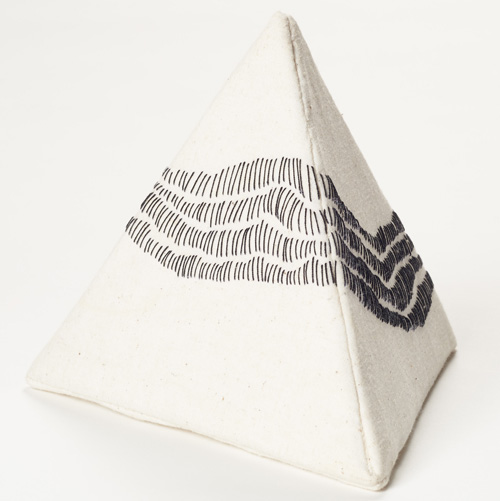On textile artist Maeve Coulter’s textile art page is a brief paragraph on her techniques, another on the themes and ideas in her art, plus this single line: “I was raised in a household where fabric was revered, rescued and reused.” This comment is a common thread running through statements by many textile artists, fabric artists, art quilters, whatever each of us calls ourselves. The presence of fabric or cloth in our lives is acknowledged, and we tend to revere it at some level for its importance from cradle to grave. It’s frequently expressed in terms of saving, rescuing, repurposing, upcycling, reusing and recycling garments and other cloth items. The western world has lost a lot of the ‘make do and mend’ concept, and our garbage tips and landfills bulge as huge environmental problem grows daily.
I’m a classic Baby Boomer, and all the mothers of other kids I knew used fabrics carefully, sewing garments with generous seam and hem allowances that allowed them to be handed down and along to other families where they could be taken up, let out, lengthened or shortened. For a garment to successfully endure all these phases, the fabric needed to be the best quality possible, and in home sewing for kids especially it has always been false economy to go for cheap fabric. Our mothers were stay at home mums, as even though they might have worked during the men’s absence fighting WWII, most of those jobs were handed back to men as they returned home. Clothes rationing lasted in Australia until the early 50s, so our mothers had the motivation and the time to invest in the whole process of sewing, mending and repurposing fabric things. Plus they mended things to make them last longer.
Straight stitches commonly feature in mending – for example a 3-corner tear
I’ve noticed artists who can claim their work uses all recycled materials enjoy a subtle extra merit, eco brownie points, making the work somehow more worthy because only recycled materials were used. Google “recycled clothes” for example, you’ll find many pics of inspiring projects from recycled materials, it’s big business. I guess I might be part way there, as I don’t cut into new fabric if I have suitable coloured/printed/textured scraps or offcuts I can use in my improvisational constructions. Occasionally I cut up an old garment, but I tend to give away intact clothes I’ve worn a lot or outgrown that still have some use in them. To go all the way would be to scour op shops and markets, but, to be honest, I have no inclination to regularly do those rounds or hoard bundles of fabrics from used clothes. I have a close friend who acquires mended fabric whatevers by various means – clothes, sheets, blankets, you name it, she has it somewhere. The interior of her house has all this wonderful fabric stuff, much of it backed by interesting stories, but you can barely find a place to sit down. I just do not want to get on that bandwagon 🙂











